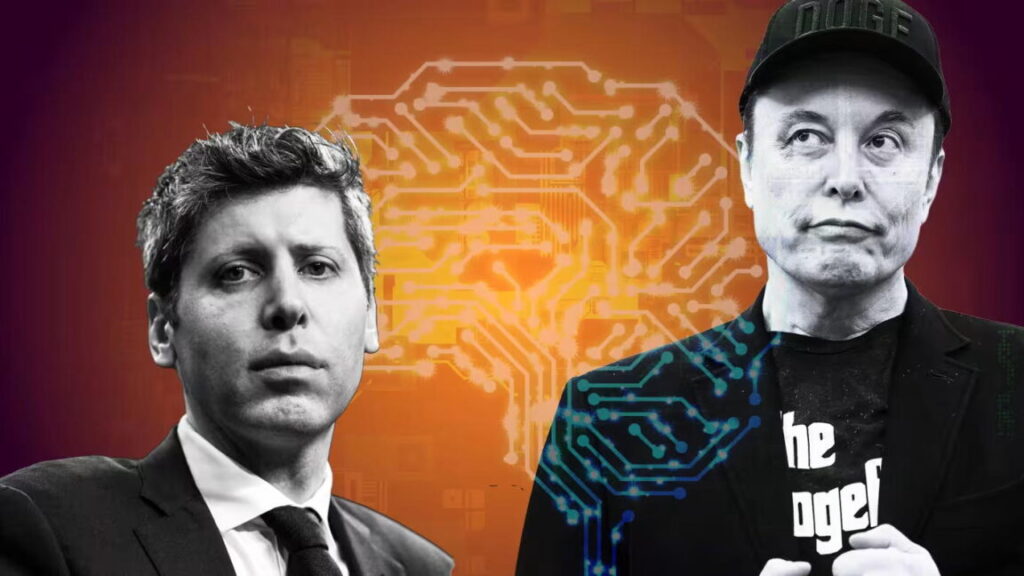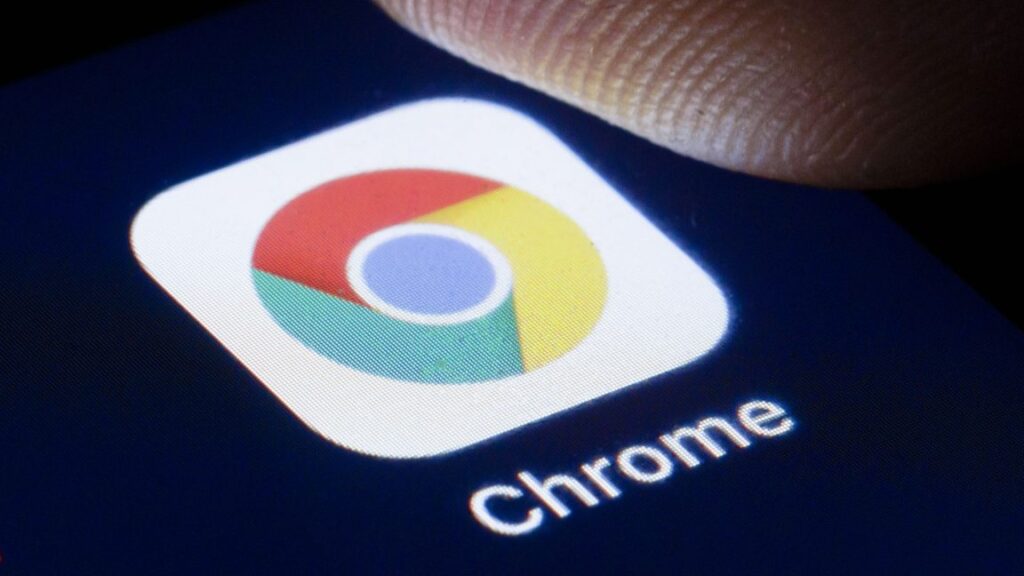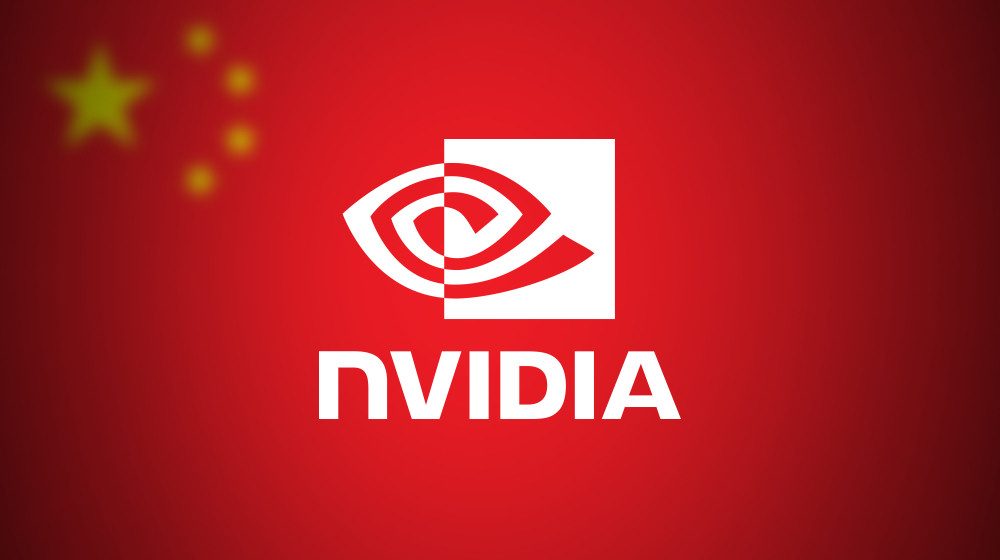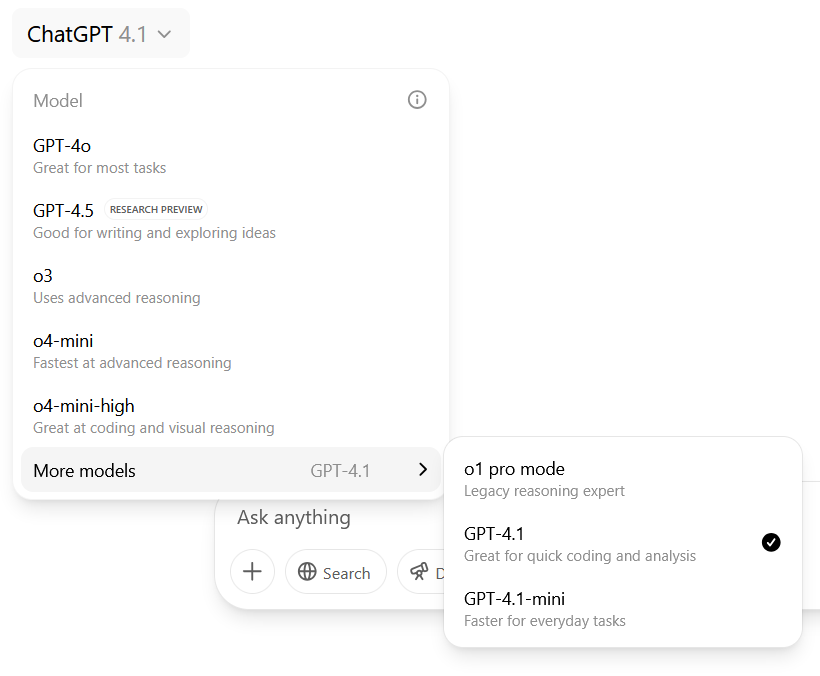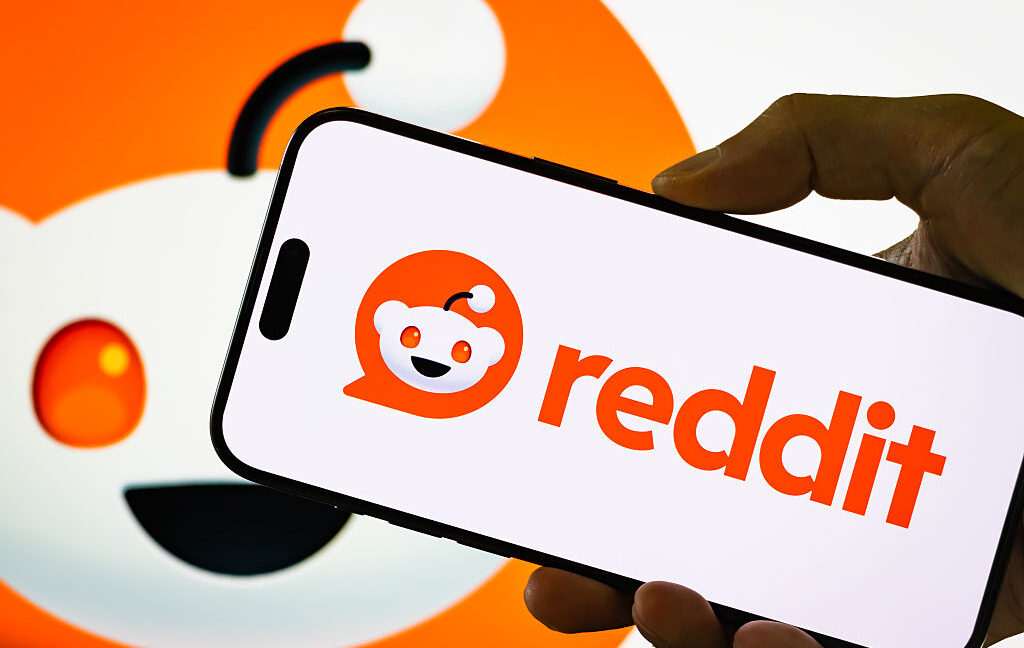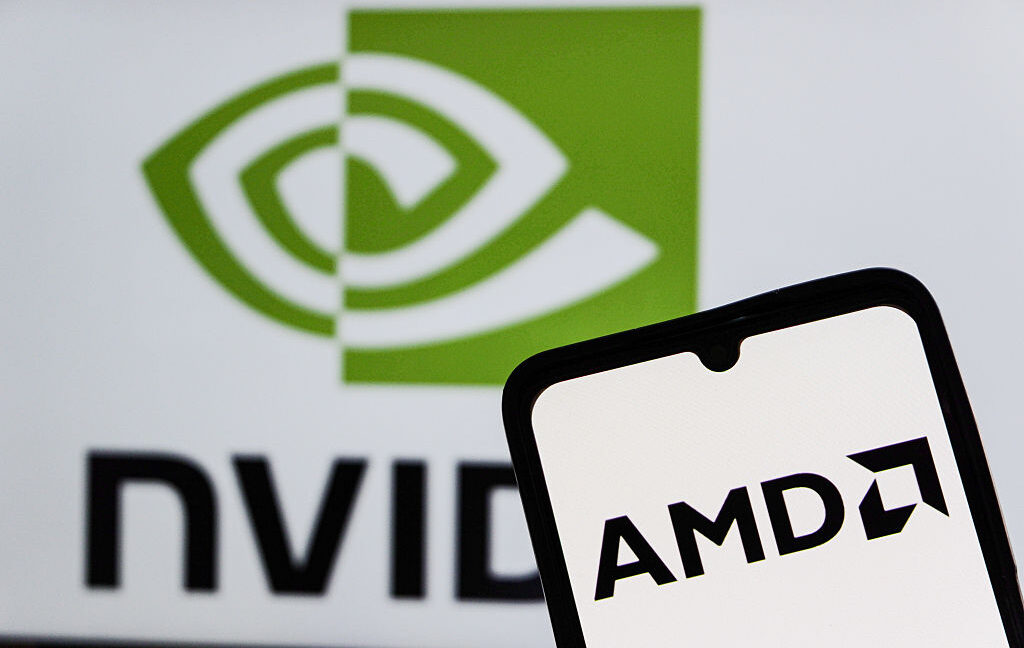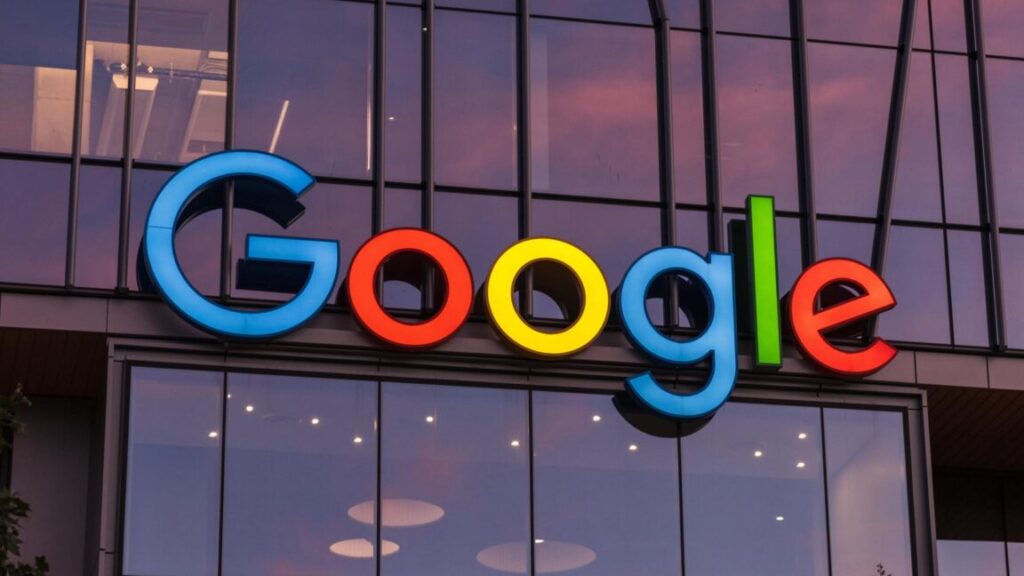OpenAI brings back GPT-4o after user revolt
On Tuesday, OpenAI CEO Sam Altman announced that GPT-4o has returned to ChatGPT following intense user backlash over its removal during last week’s GPT-5 launch. The AI model now appears in the model picker for all paid ChatGPT users by default (including ChatGPT Plus accounts), marking a swift reversal after thousands of users complained about losing access to their preferred models.
The return of GPT-4o comes after what Altman described as OpenAI underestimating “how much some of the things that people like in GPT-4o matter to them.” In an attempt to simplify its offerings, OpenAI had initially removed all previous AI models from ChatGPT when GPT-5 launched on August 7, forcing users to adopt the new model without warning. The move sparked one of the most vocal user revolts in ChatGPT’s history, with a Reddit thread titled “GPT-5 is horrible” gathering over 2,000 comments within days.
Along with bringing back GPT-4o, OpenAI made several other changes to address user concerns. Rate limits for GPT-5 Thinking mode increased from 200 to 3,000 messages per week, with additional capacity available through “GPT-5 Thinking mini” after reaching that limit. The company also added new routing options—”Auto,” “Fast,” and “Thinking”—giving users more control over which GPT-5 variant handles their queries.
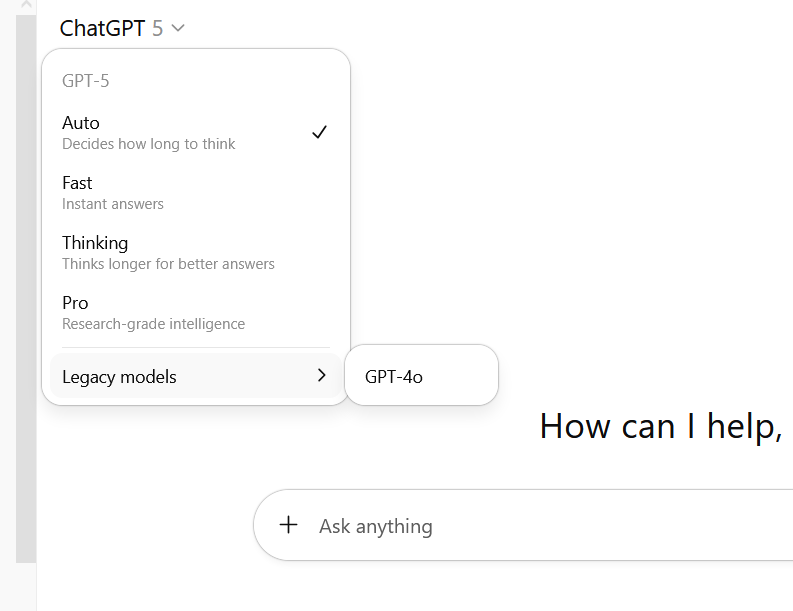
A screenshot of ChatGPT Pro’s model picker interface captured on August 13, 2025. Credit: Benj Edwards
For Pro users who pay $200 a month for access, Altman confirmed that additional models, including o3, 4.1, and GPT-5 Thinking mini, will later become available through a “Show additional models” toggle in ChatGPT web settings. He noted that GPT-4.5 will remain exclusive to Pro subscribers due to high GPU costs.
OpenAI brings back GPT-4o after user revolt Read More »

